Det ser man bland annat på de många smältdammarna som bildats ovanpå havsisen och som vi har sett längs vår färd norrut. Men där vi är nu är isen tjock.
Det har varit en varm sommar i Arktis
20 August 2016 | Katarina Gårdfeldt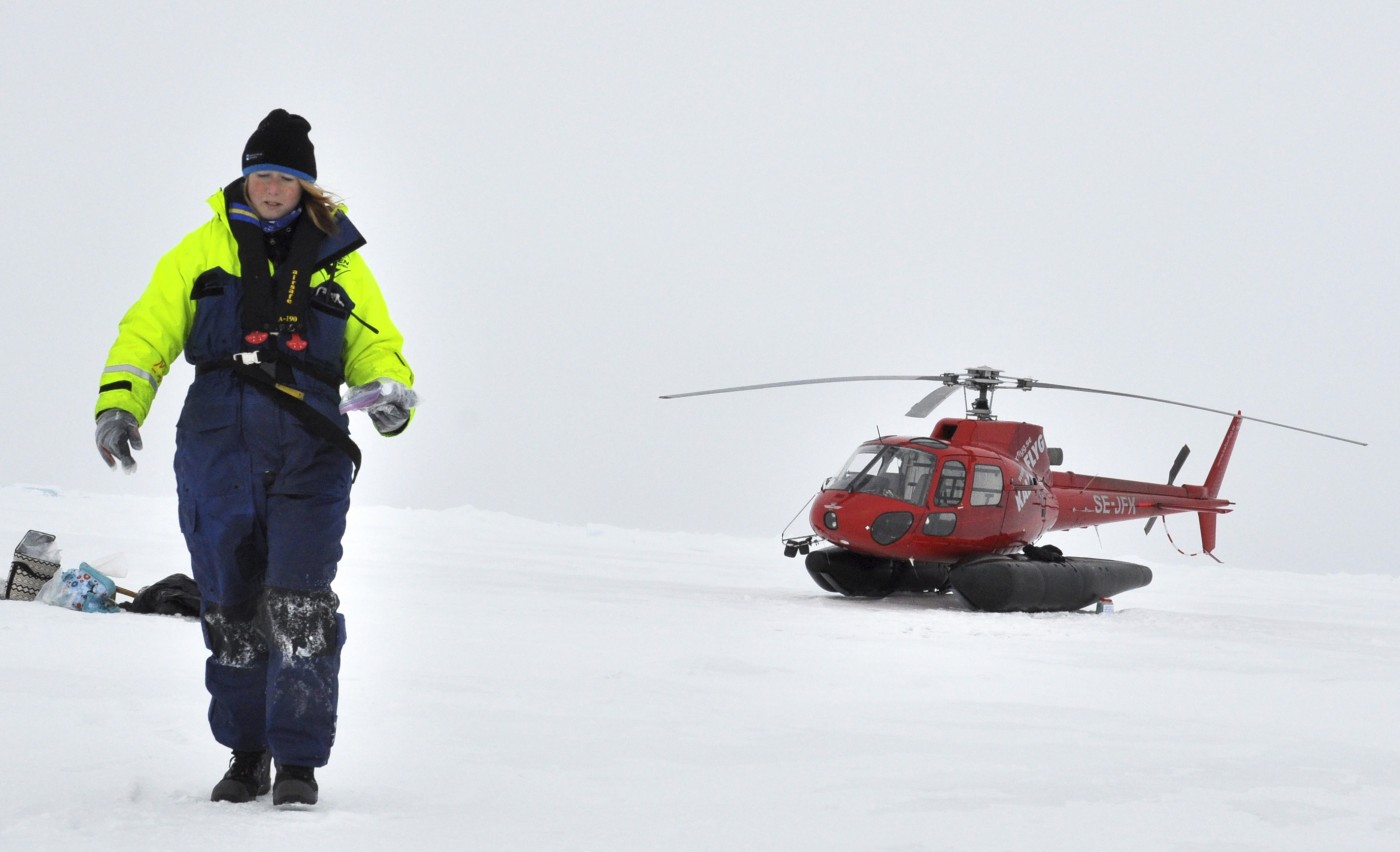







Det ser man bland annat på de många smältdammarna som bildats ovanpå havsisen och som vi har sett längs vår färd norrut. Men där vi är nu är isen tjock.
Idag delade vi upp oss i två team. Grzeg tog sig ned till övre delen av Blue River för provtagning och mätning av tjocklek på lagerföljden. Ben, Henning och jag gick via Blue River till västra höjderna, i första hand för att reka området inför en eventuell travers mot Otocerasdal.
We've had dinner and are satisfied. U2 is playing on the Ipad.
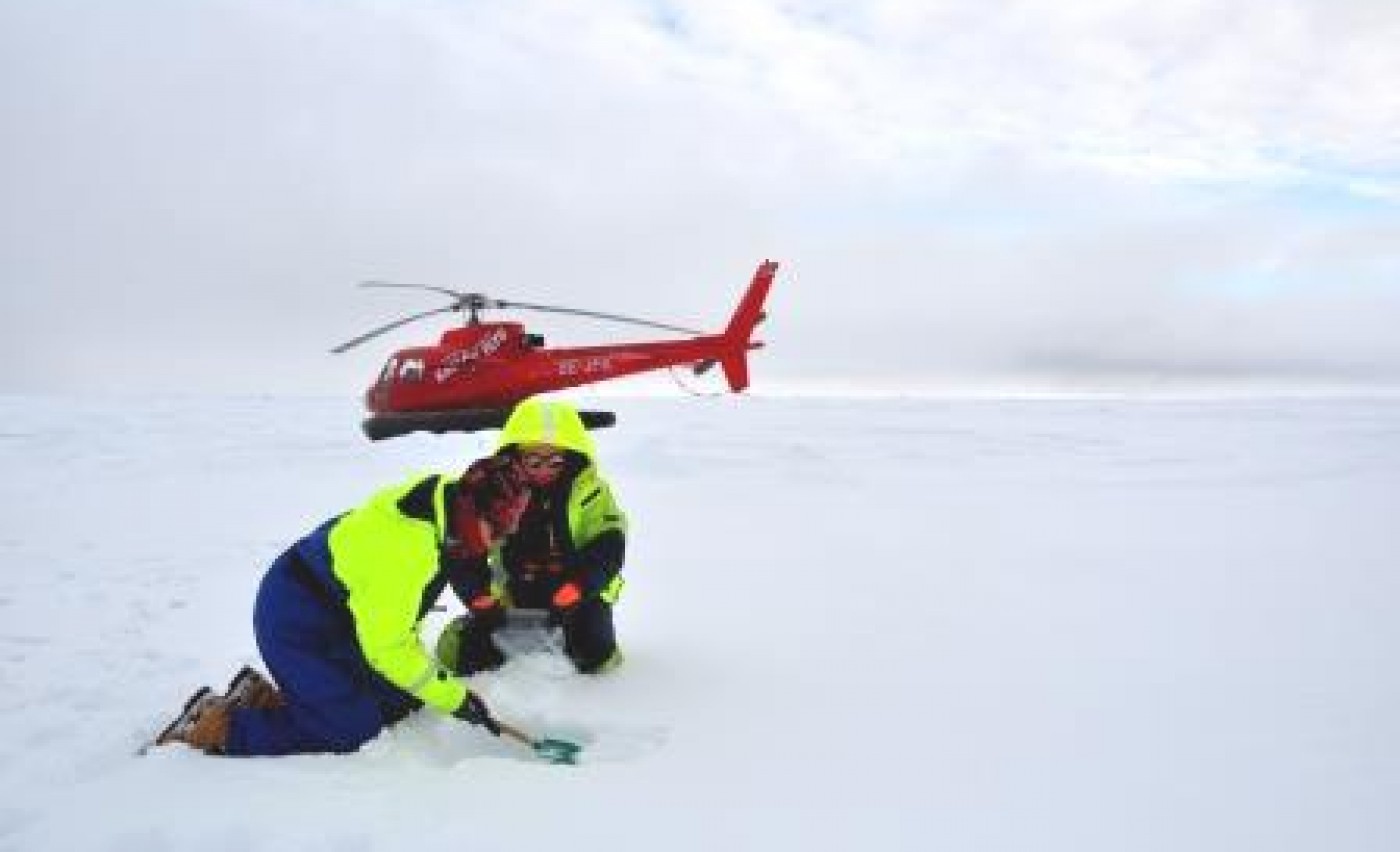
On our way to the next coring position at 88° north, we were able to fly out some researchers to an ice station to sample snow, water and ice.
Blue River has been yesterday's and today's goal. Systematic searching and collecting was done.
As ususal we started the day with climbing up the mountain. We can't force our way through some of the ravines and for safety reasons have to walk around them.
It was a truly fine day with light winds, about 5–10 degrees, sun and really easy terrain!
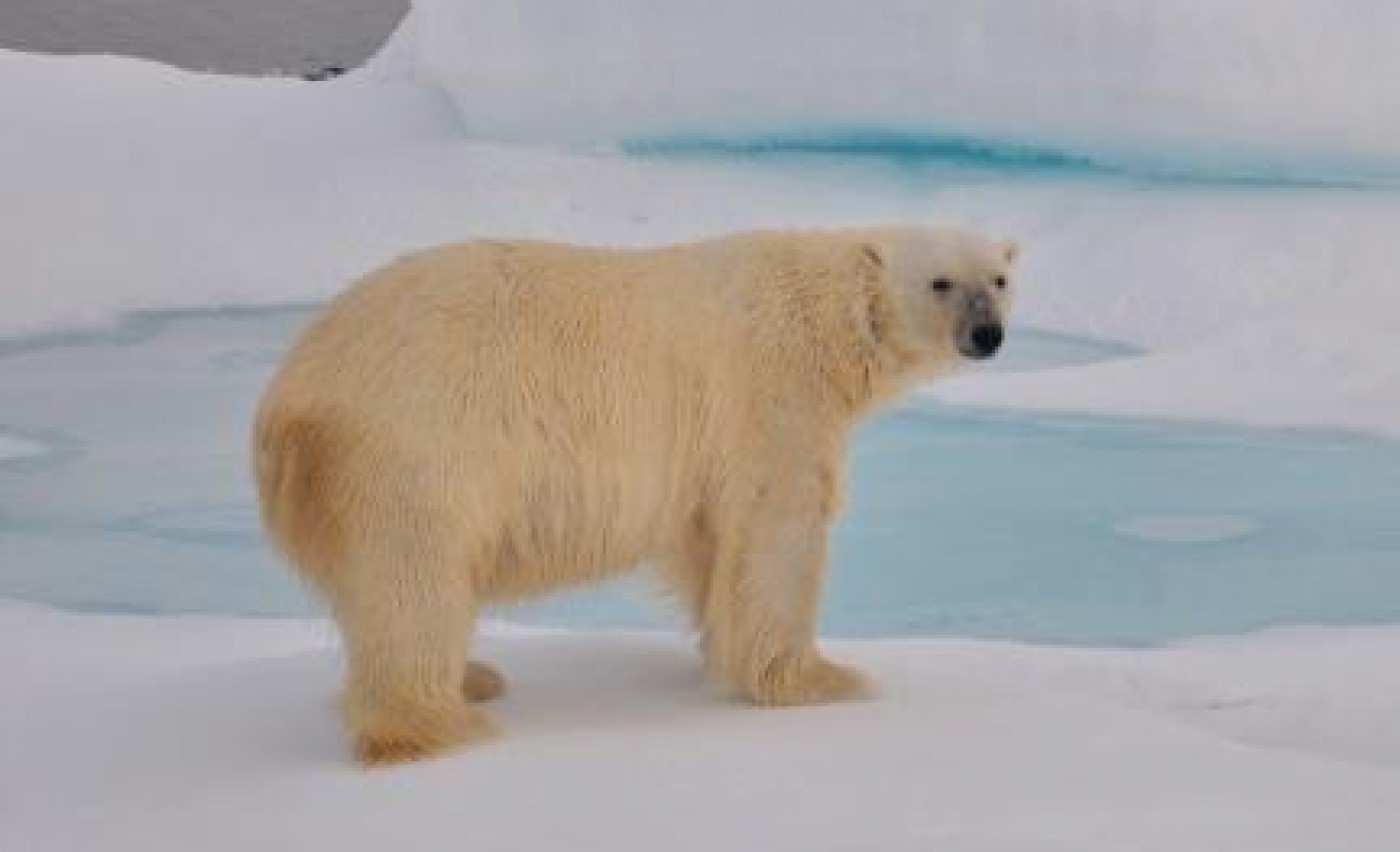
Första dagen i isen blev en intensiv dag ombord då alla projekt fick komma igång och genomföra sina första provtagningar. All utrustning fungerade tillfredsställande och det är förstås en stor lättnad för alla ombord att vara igång med arbetet på riktigt.
During the first field day in Kap Stosch we went down to Blue River to do systematic sampling of fossils, and it went very well.
Finally we got to say goodbye to Celsius Bjerg and hello to Kap Stosch! Celsius Bjerg has drained us in many ways – heavy traverses in steep terrain and strong winds at night are some examples.
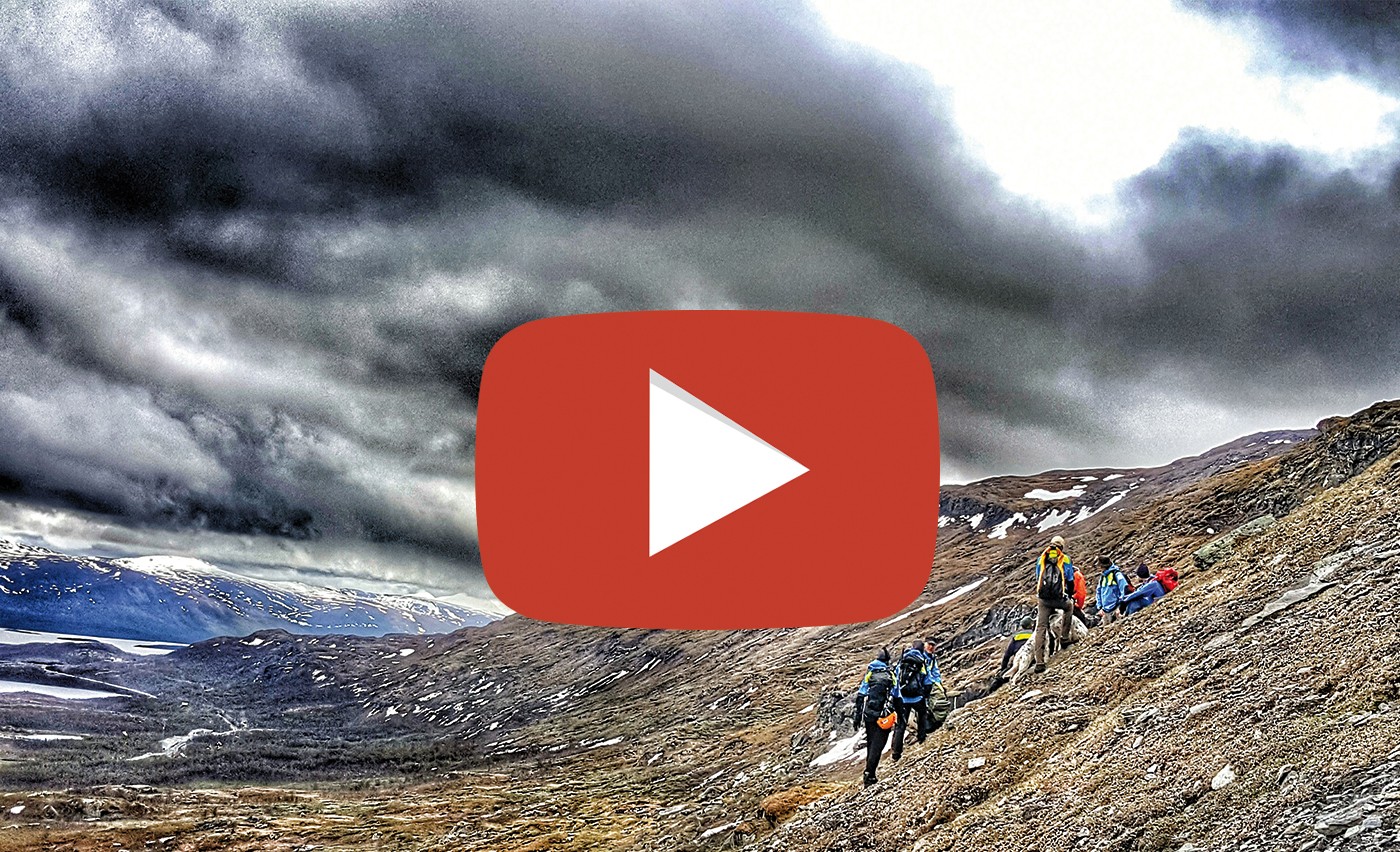
Three Swedish researchers have traveled to East Greenland to search for fossils, several hundred years old. Lasse Tano is the field logistician and it is his job to ensure that researchers are safe and can work safely throughout the expedition.
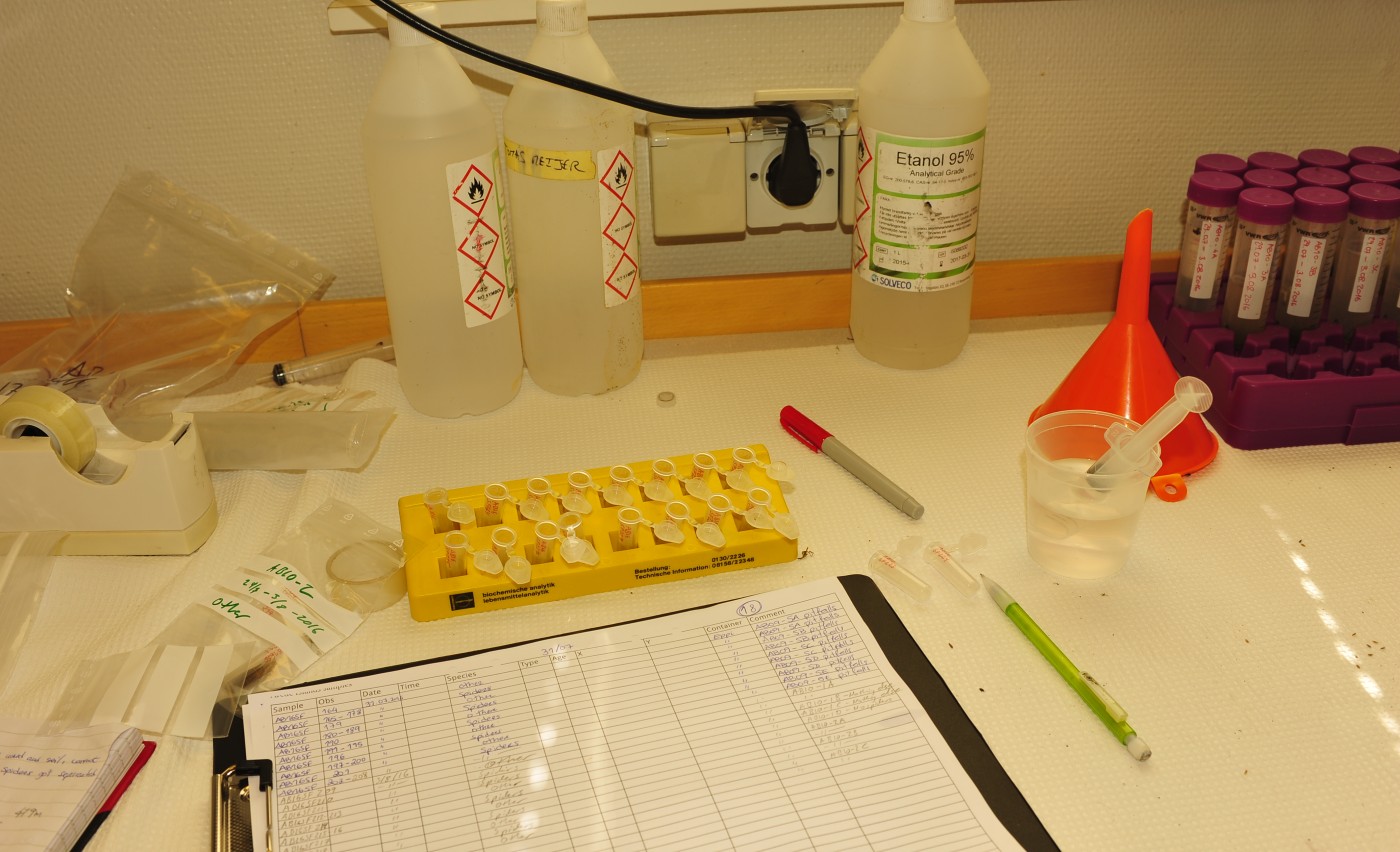
The intensive field work is drawing to a close but the work is far from over. With our scat, spider and tissue samples collected and kept in labelled bags in the freezer, it is now time to sort through our collections and turn them into computer files.
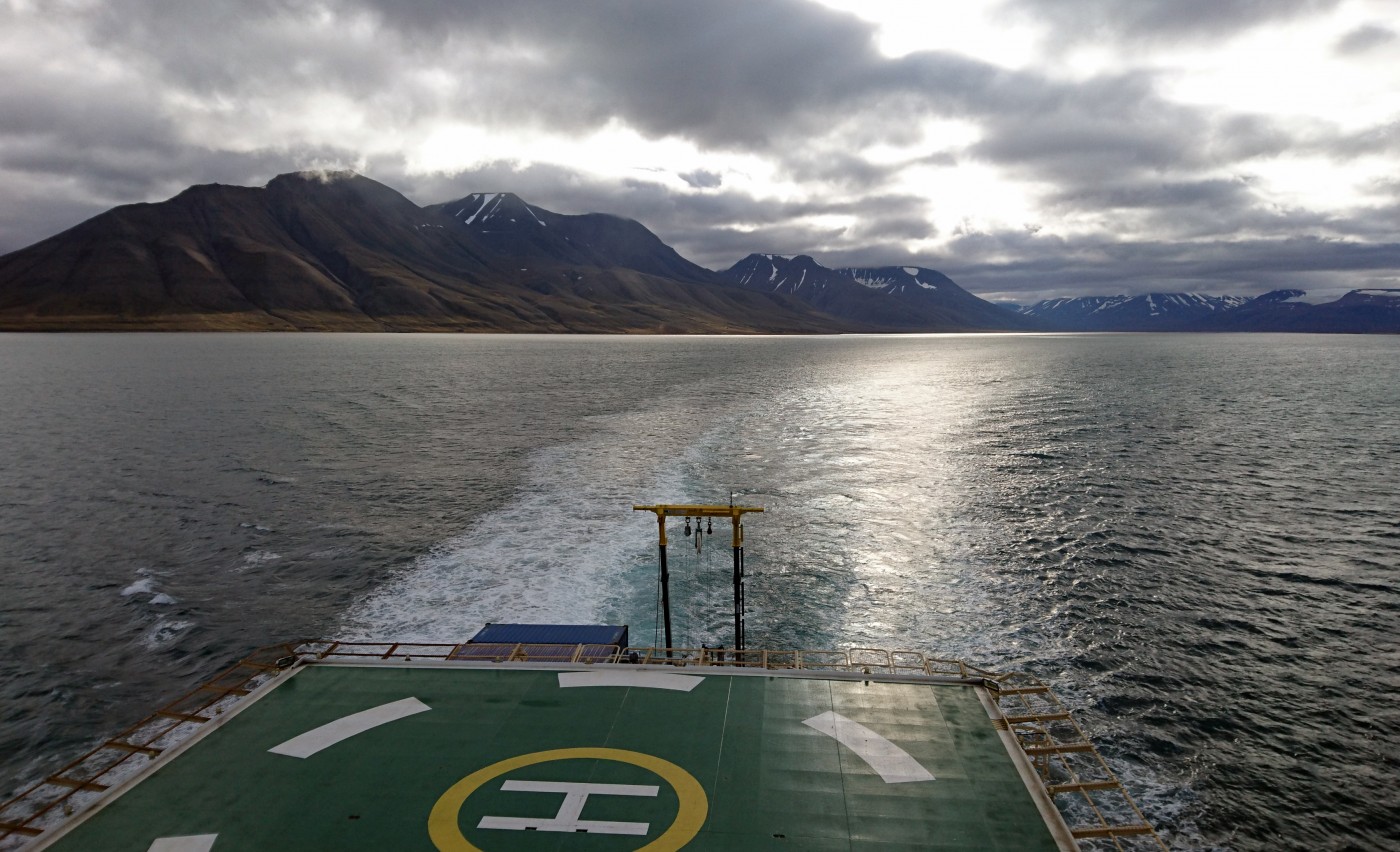
This morning, icebreaker Oden left Longyearbyen and Adventfjorden. The Arctic Ocean 2016 research expedition has started.
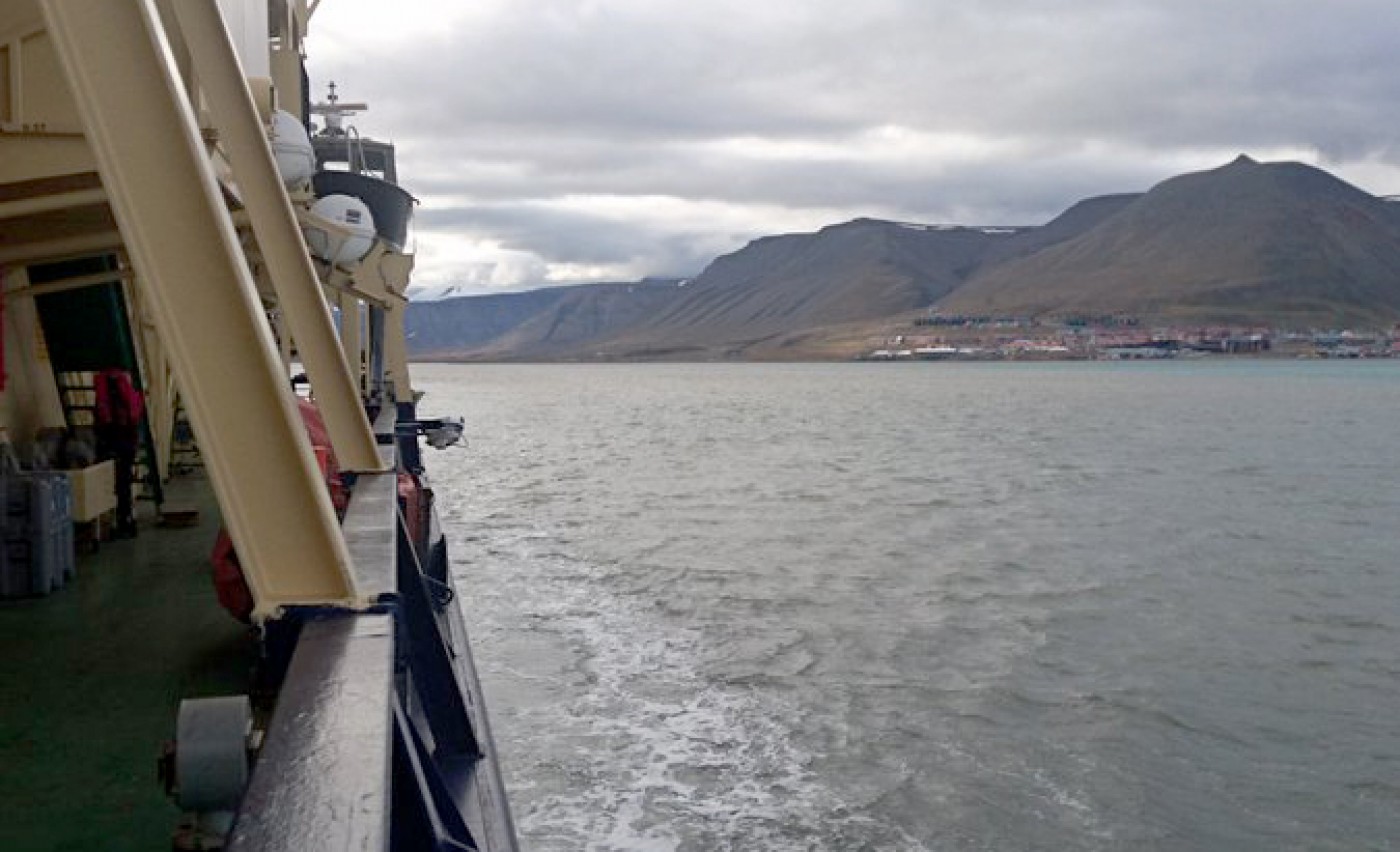
På flygplatsen väntade en buss som tog oss till Bykaia i Longyearbyen där vi hämtades av en mindre båt som tog oss ut till Oden som låg ute på redden.
We still have midnight sun, so we're working long hours. Henning and Ben made measurements of geological time periods in the mountain slope. Grzeg found a spectacular whole body imprint of a tetrapod. It's been documented and cast in plaster. A fantastic find!
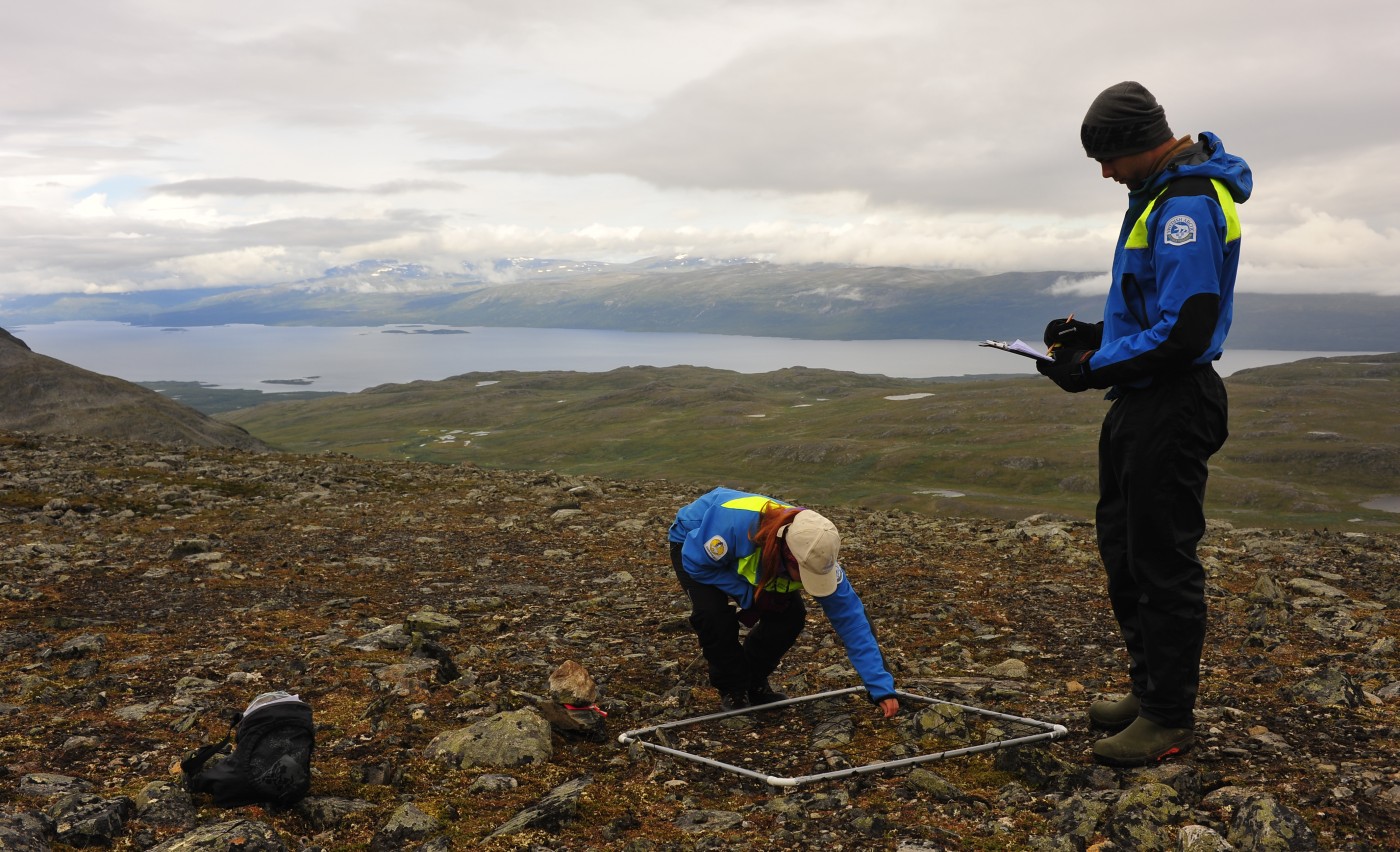
You can plan everything to the smallest detail, but there is always something beyond your power that could put a spoke in your wheel. In our case it was rain and poor visibility.
The researchers are celebrating, the fossils that have been found is proof for ecological development during the Devonian period.
The collecting of fossils from the Devonian period is exceeding expectations! And for the first time we've had really nice weather.
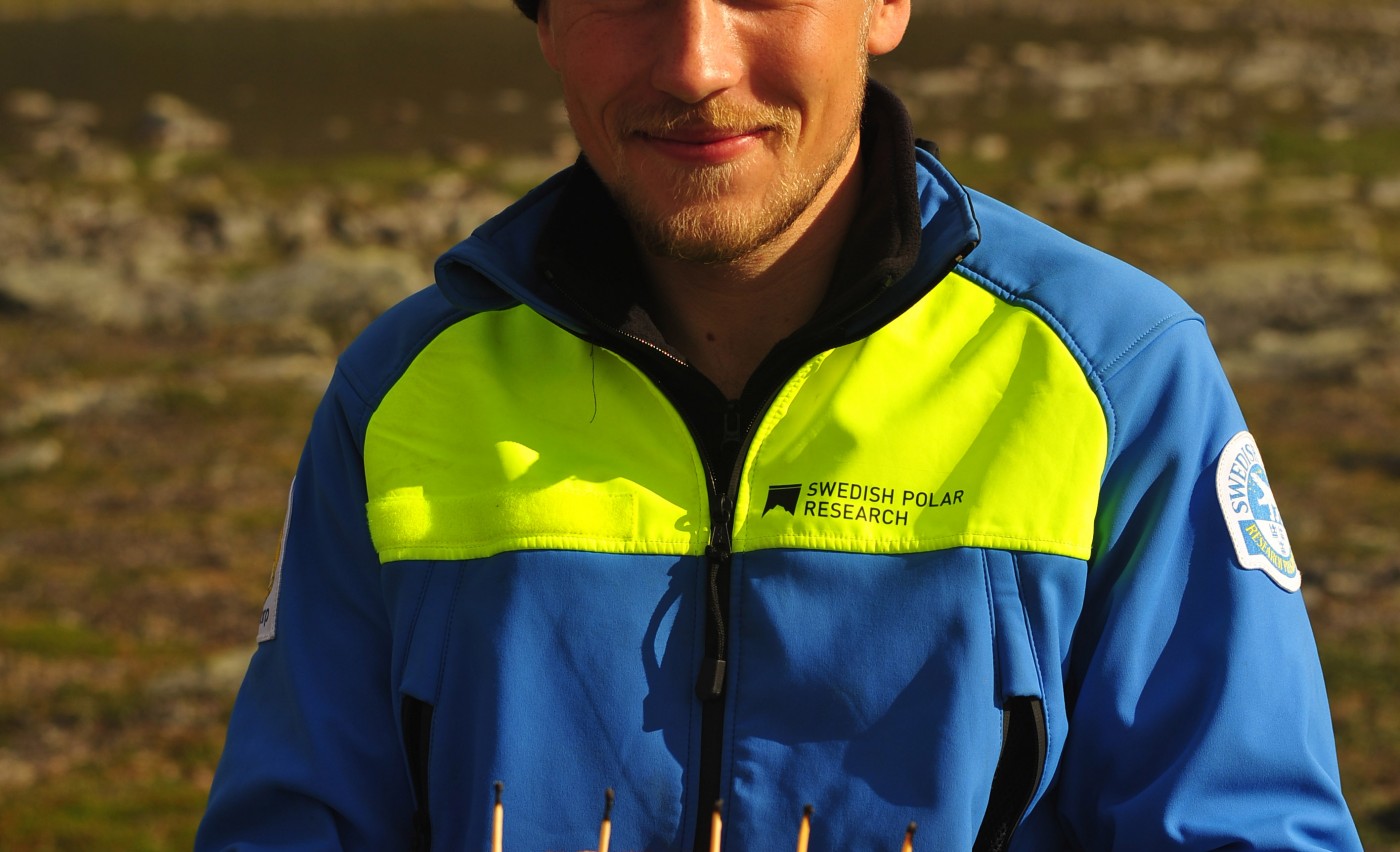
During periods of intensive fieldwork, when you are in the field (almost) every day without the routine of a normal working hours, it is easy to lose track of which day of the week it actually is.
What a day, what a fantastic day! Grezg and I went down the west side of the mountain, toward the stream. A traverse of approximately 2 km with an altitude difference of 502 meters.